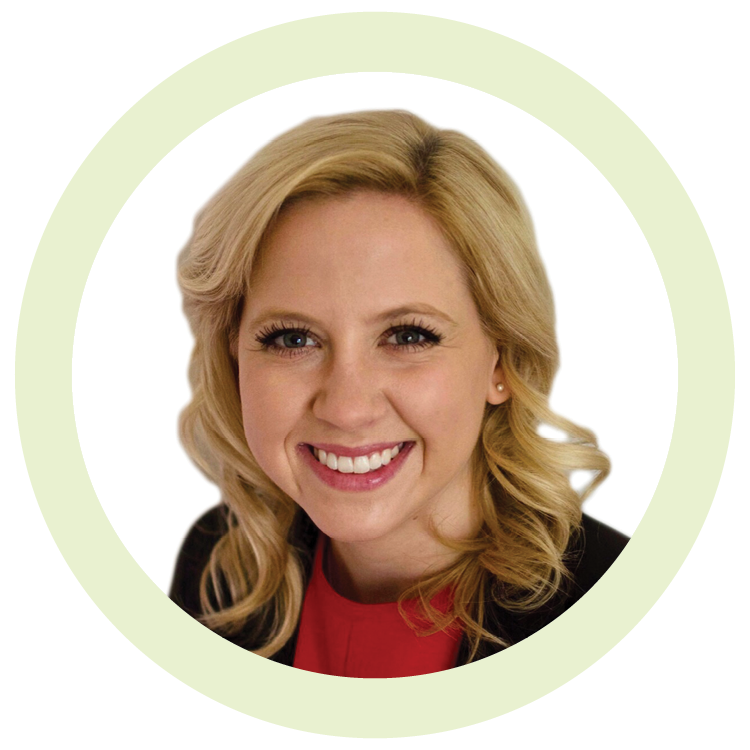The Power of Knowing Your Organization’s Change Readiness
Imagine your organization is a few weeks away from launching a major change and being asked, "Are we ready?" If the answer isn’t a confident “Yes,” this three-word question can send a project team into a panic, distracting from important final tasks and causing Go-Live to be at risk. One way to avoid this scenario is by incorporating change readiness assessments into your change management strategy.
A change readiness assessment is a method for measuring how prepared your organization is for a change. When done properly, this powerful tool can significantly increase your project's success by uncovering potential gaps in preparedness and providing insights that enable proactive change planning and action.
With proper planning and focus, maximizing the benefits and value of conducting a change readiness assessment is easier than it may seem.
Here are four best practices to consider:
1. Be intentional and forward-thinking to achieve meaningful outputs
Defining the assessment goals, scope, and factors to be evaluated is a critical first step toward building a successful foundation for measuring readiness. This enables a highly intentional and focused approach for designing and executing the assessment in a way that ensures the desired outputs will be achieved. It also drives more efficient planning, provides clarity in direction, and helps deliver a meaningful result.
2. Keep the assessment method simple and focused
An effective way to measure change readiness is through a survey. When designed with the right structure and a focus on obtaining valuable and actionable outputs, a survey streamlines the time and effort needed for collecting responses, analyzing the results, and building an action plan. More importantly, it provides quantifiable data and metrics for comparison to properly assess and report on readiness at a point in time.
3. Prepare to maximize the value and usability of the results
The same rigor and attention in planning how to collect the data should be applied to planning how to analyze and act on it. This step is often overlooked, which can lead to potentially wasted time, over-analysis, and lack of accountability after the data collection is complete. By clearly defining expectations upfront, the analysis effort becomes more streamlined and intentional to drive the most value out of the results.
4. Assess early, then repeat to monitor progress/changes
The sooner gaps are uncovered, the more time you'll have to address them properly. Assessing as early as the planning stage can build a strong foundation for managing the change by establishing a baseline of readiness and helping to facilitate strategic thinking and alignment with project planning. The most effective assessments are structured to allow for a repeatable measurement that can be tracked over time to compare progress. This cadence should be aligned with the overall timeline and milestones leading up to the change.
By addressing barriers to adoption and ensuring holistic preparedness across people, processes, and technology aspects in advance of the change, projects can achieve a smoother transition and increased adoption.
If you’re not sure where to start, Nitor offers a FREE Change Readiness Questionnaire that will help identify gaps in preparedness and where may be best to concentrate your change efforts.
